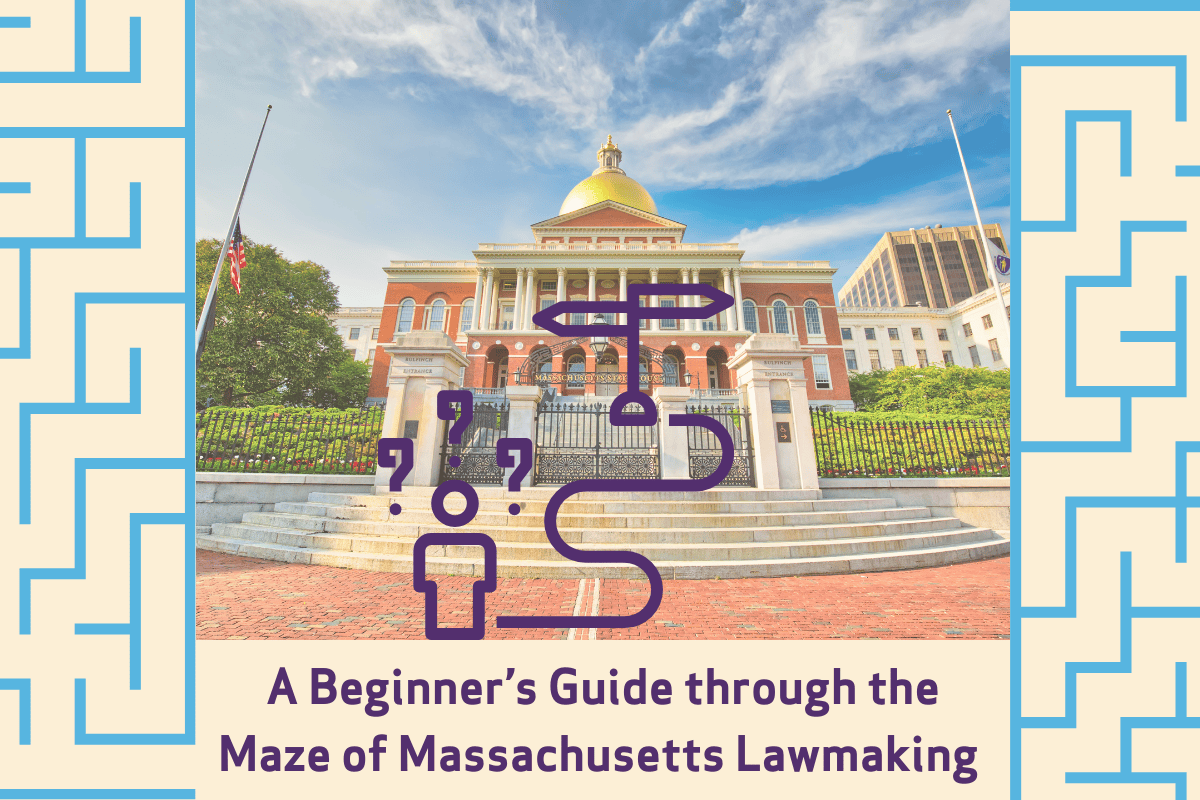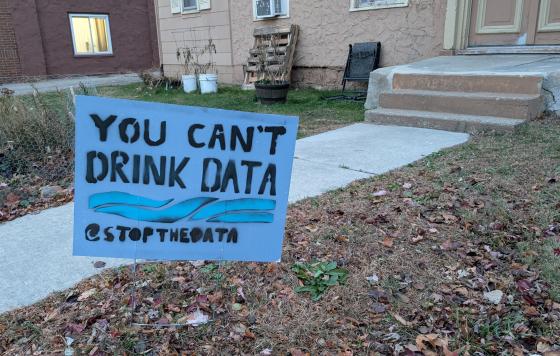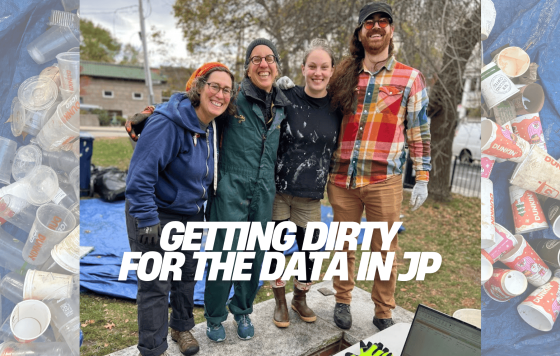
By: Lucy Belknap, Clean Water Action intern
At Clean Water, we often ask you for help demanding that your state legislators push environmental bills through the State House to be passed—but what does this whole legislative process actually look like, and when can constituents like you make the biggest impact? In August, Governor Maura Healey signed into law An Act relative to the reduction of certain toxic chemicals in firefighter personal protective equipment. Let’s trace this bill’s path from conception to passage, so you can see not only the complexities of the Massachusetts legislative process, but also the power of constituent advocacy in pushing legislation to the finish line.
A bill is filed
The legislative session begins on the first Wednesday in January of an odd-numbered year. Legislators have until 5:00pm on the third Friday in January to file bills to be considered (although bills can be filed after the deadline with approval, and the governor can file bills at any time). Depending on whether the bill was filed by a representative or senator, it will go to the House or Senate Clerk, who will assign the bill a number (starting with H for House or S for Senate) before assigning the bill to the appropriate committee.
But even before the legislative session starts, legislators are planning what to file—and often re-filing bills that fell short in previous sessions. The PFAS firefighter bill, for instance, was originally filed in the House in 2019 by Rep. Jim Hawkins in collaboration with Clean Water Action and the Professional Fire Fighters of Massachusetts. Although it didn’t pass in that first session, Rep. Hawkins re-filed in 2021 and 2023, improving the language and building support with each iteration of the bill. The bill was also filed in the Senate by Sen. Julian Cyr, and so was referred to the Joint Committee on Public Safety and Homeland Security.
These first months of the session are a key moment for constituents to get involved by contacting your representative or senator and asking that they co-sponsor the bills you care about. In practice, bill advocates often aim to get over half the chamber to co-sponsor their legislation. The hope is that every legislator who co-sponsors is signaling that if the bill makes it to the floor, they will support it, or will at least want it to be heard.
The bill is reviewed by a committee
Most bills are initially sent to one of 22 Joint Standing Committees, which generally have 6 senators and 11 representatives, and are organized according to issue area (e.g. Joint Committee on Environment and Natural Resources or Joint Committee on Agriculture). Every committee must hold a hearing and issue a report on each bill it has been assigned. These hearings are open to the public, and anyone can attend and testify to the committee (or submit written testimony).
This is the next key moment for constituents to get involved, as it’s an opportunity to draw attention to the bill and for legislators to hear from you directly. Anyone can sign up to testify in favor of or against a bill, or give feedback on its language and specifics, from experts to regular people affected by the issue. The PFAS firefighter bill, for instance, was heard by the Joint Committee on Public Safety and Homeland Security on June 7, 2023. Several stakeholders testified in favor of the bill, including representatives from the Professional Fire Fighters of Massachusetts and the Fire Chiefs Association of Massachusetts.
After the hearing, the committee must issue its recommendation on a bill to the Clerk’s office: either that it “ought to pass,” “ought not to pass,” or should be sent to a study order. When a bill is recommended to pass, the committee can suggest the bill be passed in its original form, adjust the bill with amendments, or offer an entirely new draft of the bill, which often combines it with other similar bills. A study order authorizes the committee to study the bill during recess and report on its findings; however, in practice, being sent to study typically kills a bill for that session. A recommendation typically must be made by the first Wednesday in February of the second year of the legislative session, but committees often request and are granted extensions—for instance, the PFAS Firefighter bill received two extensions until May 20, 2024, when it was reported favorably.
The bill goes through three readings
A bill must reach the House or Senate floor three times before it can be passed. Some parts of this process are more procedural formalities, while others serve as opportunities for debate on and amendments to the bill, or (unfortunately) for a bill to get hung up and prevented from continuing to progress. In each “reading” (though generally only the bill title is read), the bill is placed on the Orders of the Day and presented on the floor of the chamber. Once a bill is released from its first committee, it is presented on the floor for its First Reading, which includes the committee’s recommendation on whether it ought to pass. The bill is then sent to another committee for further review, most often the House or Senate Ways and Means Committee. Making it through this step is crucial—bills often die in Ways and Means, but a favorable report from this committee means the bill is well positioned to make it through the rest of the process.
Once the bill is released from Ways and Means, the Second and Third Readings open the bill to debate and amendment among legislators. After the Third Reading, the bill is sent to its chamber’s Standing Committee on Bills in Third Reading, which assesses its constitutionality and ensures it is ready to be passed. And once all these readings have been completed in the bill’s originating chamber, it must go to the other chamber to do them all over again.
Amendments essentially serve as tools to strengthen or weaken a bill. Once a bill’s Second Reading is scheduled, any legislator can file an amendment, which other legislators can co-sponsor to show support. This is a final critical opportunity for constituents to contact their senator or representative to ask them to co-sponsor amendments they support. This process also often happens right at the end of the two-year legislative session, so the second half of July is a crucial time to be following the progress of the bills you care about.
The case of the PFAS firefighter bill was a unique one in which legislators only fully turned their attention toward the bill once it seemed as though a larger-scale PFAS ban would not pass. Senator Michael Moore, who had been trying to add firefighter equipment into this large-scale ban, eventually decided to instead focus on moving the standalone firefighter bill forward. He spoke on the Senate floor in favor of this bill during its reading, and with the support of several other senators was able to push it forward. This last-minute push meant that all three readings in each chamber occurred in the final days of the legislative session, with the House’s second and third readings taking place early in the morning on August 1st. The bill finally passed at 7:00 a.m., sending it to the governor’s office.
A bill’s language must be agreed upon between the House and Senate, a process that can be facilitated by a Conference Committee, a temporary group of three representatives and three senators appointed to resolve any differences between each chamber’s version of the bill. In practice, the report produced by this committee is nearly always approved by the House and Senate.
The bill is enacted and signed into law
Finally, the bill proceeds to an enactment vote by the House and Senate, confirming the exact language that will become law as agreed upon by both chambers. This vote completes the bill’s path through the legislature and sends it to the governor, who can sign it, veto it, or send it back to the legislature with amendments. In the case of the PFAS firefighter bill, after it passed in the Senate, it went to the House, which adopted an amendment to the bill before passing it. The Senate then needed to concur in the House amendment before each chamber could vote to enact the bill, exhibiting complete agreement on the specifics of the bill.
The Massachusetts legislative process is already complicated on paper—and it is admittedly even more complicated in practice, given that the conventional practices of legislators often differ from the written procedures. This complexity makes it difficult for constituents to know what really happened among legislators when a bill dies or is completely rewritten, or to have any say in these decisions. However, the first step to gaining influence is understanding how the process works, and learning to focus on the moments in which you have the most power as a constituent.
And that power can be immense—legislators truly care about what their constituents have to say, particularly when we reach out to share our personal experiences and explain why a bill or policy issue matters to us. Taking the time to meet with your legislator and tell them your individual story related to the bill you care about can have a long lasting impact as an anecdote they carry with them in all their work related to that bill.
If attempting to follow a bill through the legislature seems intimidating, we at Clean Water are here to help! At the beginning of every legislative session, we’ll post the list of bills we see as priorities, and we’ll keep you updated on their progress throughout the following two years, notifying you in crucial moments how to contact your legislators and keep pushing each bill through. We are currently working with legislators and partners to develop our legislative priorities for 2025 so stay tuned!


